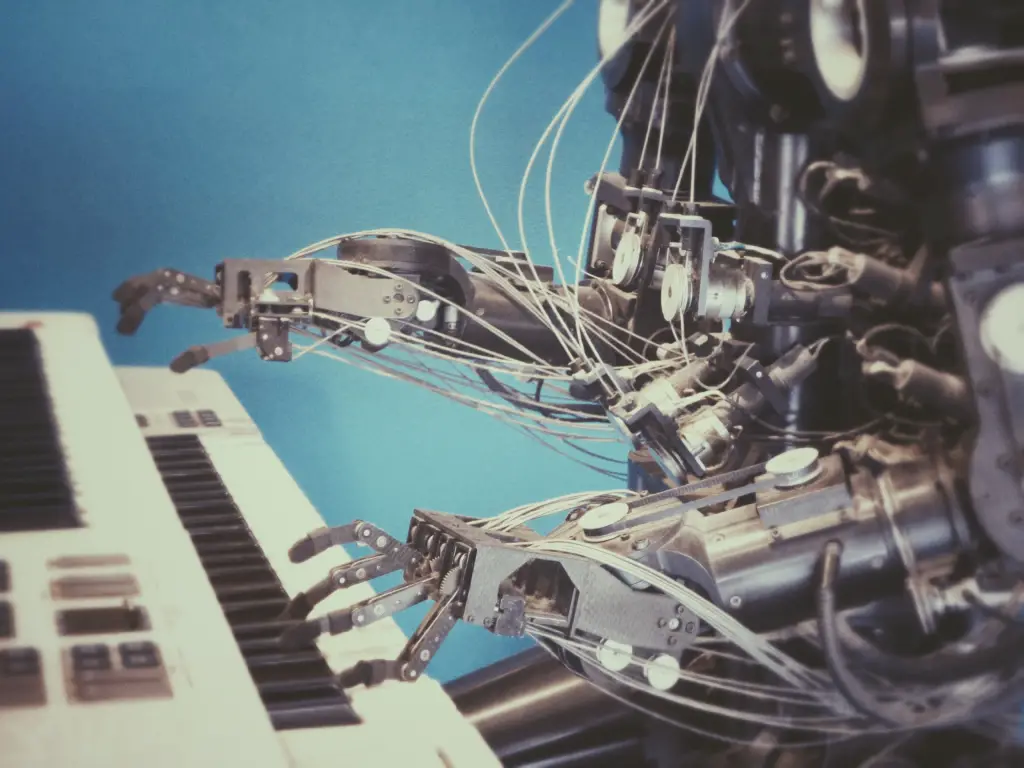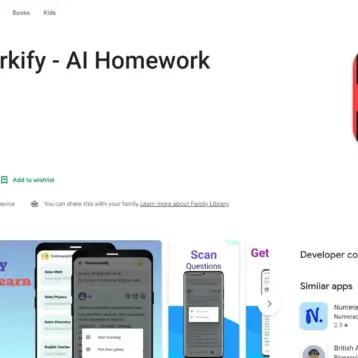The digital age is an era marked by rapid advancements and shifts in technology. Each day, we witness the unveiling of groundbreaking innovations that continually redefine how we perceive and interact with the world. The future of technology, as we envision it, is a landscape of artificial intelligence (AI), the Semantic Web, and sustainable solutions to global challenges. As we delve into the heart of this digital revolution, it’s fascinating to realize that the future is, indeed, here.

The Evolution of Artificial Intelligence
Artificial Intelligence has journeyed from being a concept in science fiction to becoming an integral part of our daily lives. The early forms of AI were rule-based systems, which were limited in their ability to adapt and learn. These systems evolved into machine learning models capable of learning from data and making predictions. The current pinnacle of AI development is embodied in the form of deep learning models that mirror the complexity of human neural networks.
These models, capable of learning from experience and adapting to new inputs, have revolutionized fields ranging from healthcare to finance. A significant example is the realm of sports betting, where AI has introduced a nuanced complexity.As MLB lines, fans are now required to decipher betting odds, thereby adding an exciting, intellectual dimension to the game.
The most recent breakthrough in AI is the creation of larger language models (LLMs) such as ChatGPT-4. With an astounding 1 trillion parameters, these models have an enhanced ability to comprehend and produce human-like text. This advancement has profound implications across sectors, powering customer service bots, virtual assistants, and even content creation platforms.
The Emergence of Web 3.0
The evolution of the internet has been phenomenal. From Web 1.0, characterized by static web pages and one-way communication, we moved to Web 2.0, which ushered in the era of social media, blogs, and user-generated content. The next phase, Web 3.0, also known as the Semantic Web, promises an even more interconnected and intelligent web.
In Web 3.0, machines are designed to understand and process content, enabling highly personalized and context-aware user experiences. This could mean highly customized content feeds, accurate recommendation systems, and smarter virtual assistants that can understand and anticipate user needs.
Technological Solutions to Climate Change
As we grapple with the urgent crisis of climate change, technology emerges as a crucial ally. Both in terms of mitigation – reducing the extent of climate change – and adaptation – adjusting to its impacts – technological innovation is playing a pivotal role.
Mitigation efforts are being boosted by developments in renewable energy technologies, such as solar and wind power, making clean energy more accessible and affordable. Additionally, innovations in carbon capture and storage technologies offer promising ways to reduce the amount of CO2 in the atmosphere.
In terms of adaptation, data science and AI are enhancing our ability to model and predict climate patterns, thus improving our preparedness for extreme weather events. Precision agriculture, powered by AI and IoT, is enabling farmers to optimize resource use and increase crop resilience in the face of changing climate conditions.
The Future of Content Creation
In the domain of content creation, AI is a game-changer. AI-powered text generators like Rytr and Writesonic are capable of producing high-quality content at a speed and volume that humans cannot match. These tools understand context, maintain thematic consistency, and generate text that is virtually indistinguishable from human-written content.
AI’s role in content creation is set to expand even further. It has the potential to revolutionize other creative domains like music, art, and design, blurring the lines between human and machine-generated creativity.
Final thoughts
The impending wave of technological advancement promises to redefine our existence. As we navigate this digital frontier, we find ourselves on the brink of a reality where our wildest imaginations could take tangible forms. With each passing day, we’re blurring the line between science fiction and reality, and the glimpses of the future that we’ve explored so far through AI advancements, the emergence of Web 3.0, and the fight against climate change, are just the tip of the iceberg.
As we continue our journey into the future, we’ll encounter technologies that may seem straight out of a sci-fi novel. One of these is necrobotics, which, as unsettling as it may sound, has the potential to drastically change our interactions with the concept of life and death. Another such technology is the use of brain-reading technology which has made significant strides recently. Thanks to machine-learning algorithms, brain-computer interfaces, and robotic arms, people with mobility impairments can regain some of their lost autonomy.
However, the future of technology doesn’t come without its challenges. As our devices, networks, and services become increasingly interconnected and interdependent, we face new complexities in identifying threats across entangled supply chains. The proliferation of misinformation and fake news is another issue that technology inadvertently exacerbates. Hence, as we forge ahead, it is paramount to address these challenges to ensure a safe and informed digital society.
The transformative effect of technology on businesses is another aspect of our future. As technology continues to evolve, so will the nature of work, leading to the creation of new industries and the phasing out of some traditional ones. Furthermore, technology is expected to make international trade easier and more efficient, as seen in the rise of international currency conversion apps like TransferWise.
Lastly, the future of technology holds the promise of tackling some of the most pressing global issues. For example, in the face of food shortages, technological advancements are playing a critical role in finding sustainable solutions. And in the realm of environmental preservation, lab-made dairy products offer an alternative that could potentially lower the environmental footprint of the dairy industry.
In conclusion, our journey into the future, led by the next generation of technology, is full of possibilities and challenges. As we push the boundaries of innovation, we take on the responsibility to harness this technology for the greater good, shaping a future that not only reflects our potential but also our values as a society.










